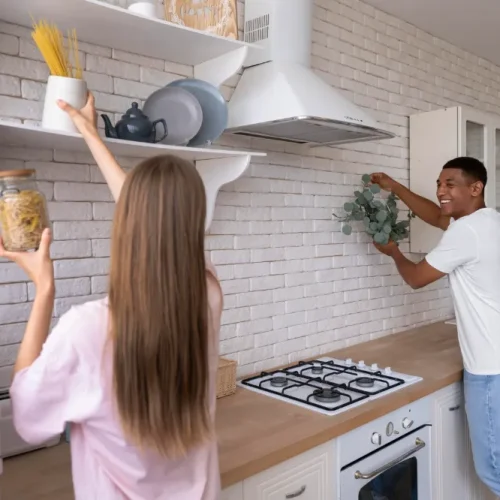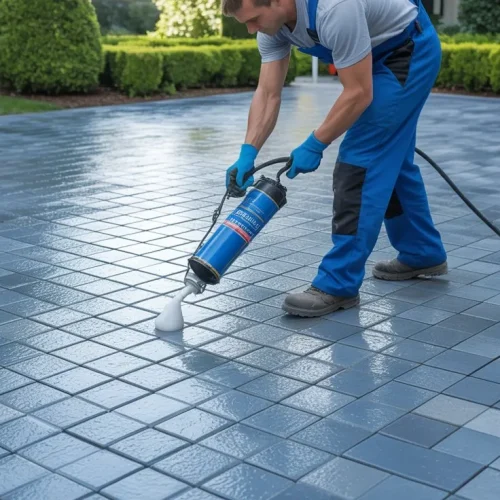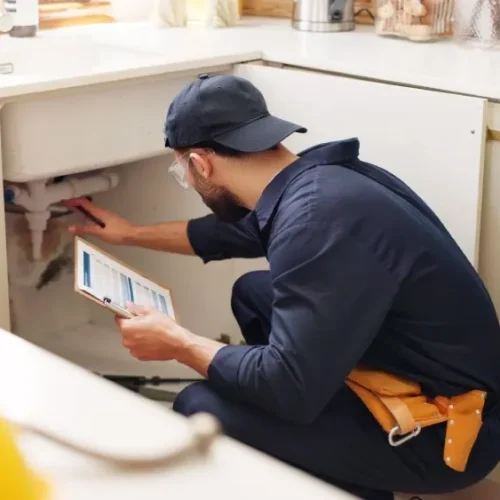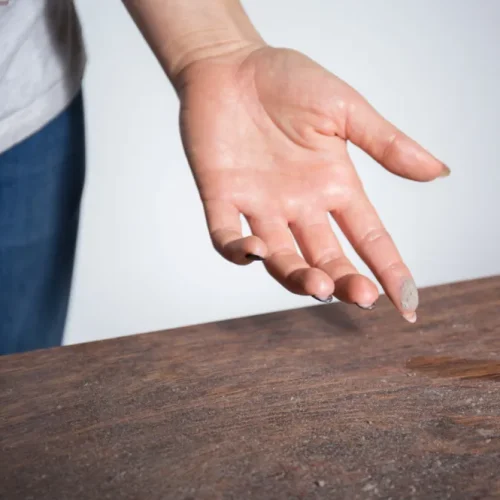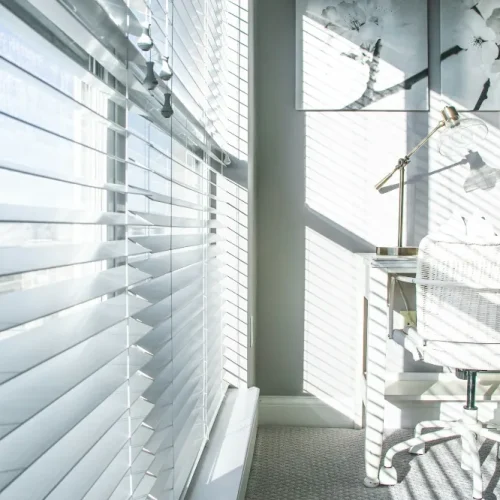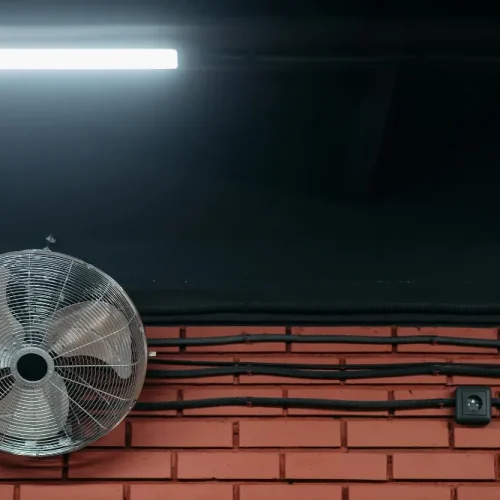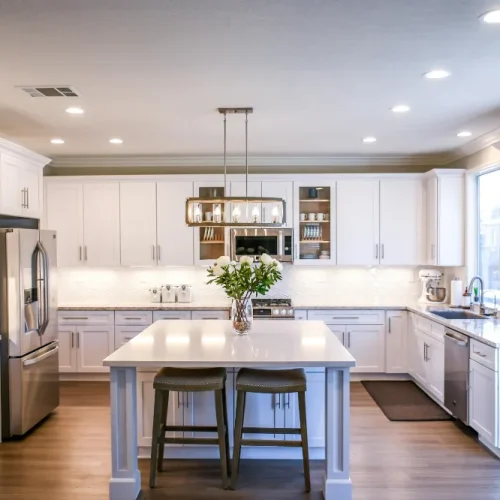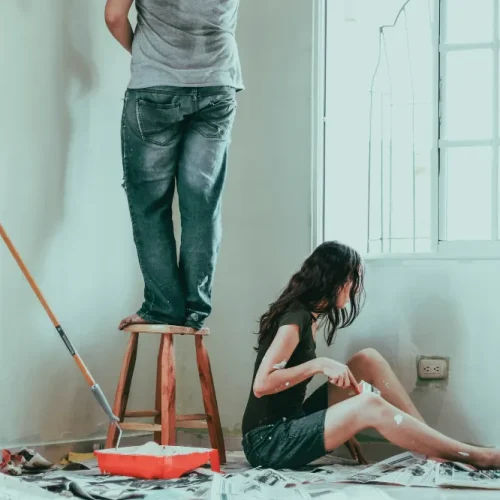Breaking into the world of interior styling and home design is challenging. It is a creative industry. However, it is also competitive. Clients want designers who not only have great taste but can also deliver functional, innovative, and market-savvy results. Scrolling through job boards? Actively applying to firms? It does not matter. Your resume needs to reflect the right blend of creativity, technical skill, and professionalism.
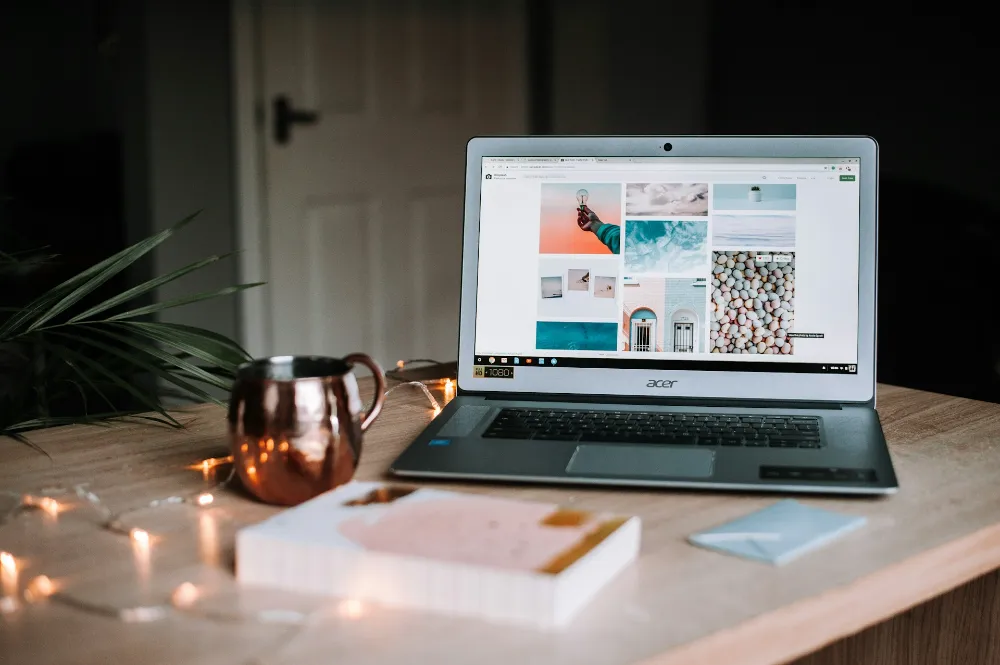
So what exactly should you highlight? Let’s dive into the key skills that Jooble recommends for boosting your resume in interior styling and home design. Think of this as your career design toolkit.
1. Creativity and Concept Development
At its most basic level, interior styling is the process of bringing an idea into a space that people love. According to Jooble, employers seek candidates who would be able to come up with new ideas, mood boards, and new design strategies that would suit a particular client. Give examples of the projects when you turned an empty or out-of-shape space into something that is inspiring. Extra points if you can describe how you create something.
Creativity does not have to mean reinventing the wheel every time. Sometimes it is about taking a classic style and giving it a twist that resonates with the client. Clients love hearing why you made specific design choices. Include a portfolio link alongside your resume. A strong visual showcase speaks louder than words. With this approach, it is easier to find remote interior designer that you have always been dreaming of.
2. Knowledge of Design Software
It is not enough to sketch on paper. As Jooble highlights, employers want professionals who are comfortable using digital tools:
- AutoCAD
- SketchUp
- Revit
- Photoshop
- Illustrator
- InDesign
These programs help you visualize ideas, draft floor plans, and create presentations that wow clients. Even basic proficiency can set you apart.
Think of software knowledge as the bridge between imagination and reality. Your concept may look great in your head. However, clients need to see it in 2D or 3D before committing. Software also helps you collaborate with contractors, architects, and vendors more effectively. List software proficiency under “Technical Skills.” Be honest about your level. This approach will make it easier for you to find matching furniture design jobs in remote.
3. Trend Awareness and Market Knowledge
Trends have a great impact on interior styling. Employers on the Jooble site are fond of those candidates who read publications in design, Pin boards, trade shows, and social media. It demonstrates that you are not old-fashioned but can add a touch of modernity to projects.
Being trend-aware also means knowing when not to follow a trend. Clients appreciate designers who balance what’s “in” with what’s practical. Mention specific trends you have incorporated into projects. It demonstrates awareness and flexibility.
4. Project Management Skills
Design is only half the job. Managing projects is the other half. From budgets to timelines, clients expect everything to run smoothly. Employers want designers who can juggle multiple projects, coordinate with contractors, and handle unexpected hiccups.
An effective project manager maintains the flow of communication between the parties involved and makes the client feel that he or she is supported. It is all about how you can organize yourself, regardless of whether you are placing a custom furniture order or making installations. Emphasize your accomplishments. Hard facts indicate that you are an innovator and trustworthy.
5. Communication and Client Relations
Interior styling is all about human beings as much as it is about spaces. Effective communication will aid in learning the needs of clients, justifying design choices, and dealing with expectations. People skills play an important role, whether it comes to writing proposals, pitching ideas, or handling disagreements.
Think about how you have dealt with some difficult clients in the past. Did you listen actively, provide alternatives, or change challenges into opportunities? These stories show maturity and an intelligence of emotion, which is as valued as design talent by employers.
6. Attention to Detail
From choosing the right light fixture to ensuring a rug aligns perfectly with a sofa, details matter. Employers want designers who sweat the small stuff because those little touches add up to big impressions.
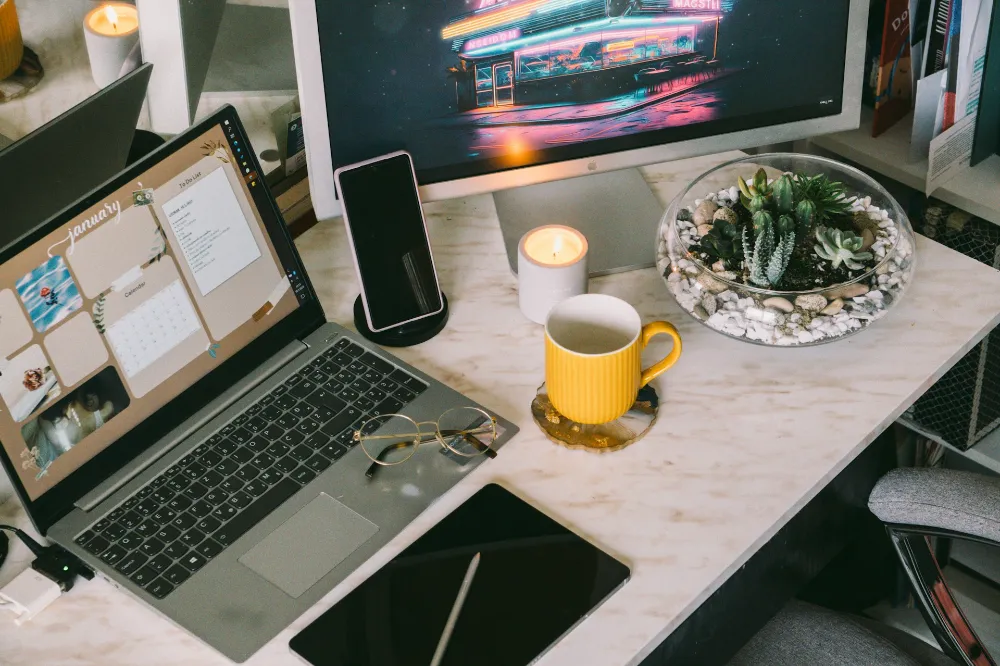
Attention to detail is not just about aesthetics. It can also mean catching errors before they spiral into expensive mistakes. Maybe you noticed a measurement issue in a floor plan that saved your client from reordering custom cabinets. Employers love hearing about those wins. Showcase projects where your detail-oriented approach made a clear difference.
7. Knowledge of Building Codes and Regulations
Understanding safety standards, accessibility requirements, and zoning laws ensures your designs are not just beautiful. You prove that they are compliant. Employers love candidates who can blend creativity with responsibility.
When you know the rules, you help clients avoid costly redesigns or delays. If you have taken courses or certifications in building codes or safety standards, list them under “Certifications.”
8. Sustainability and Eco-Friendly Design
Sustainability is no longer an option, as Jooble experts mention. It is expected from job applicants. Clients are becoming more demanding of environmentally friendly environments that lower energy consumption and increase wellness. Being familiar with sustainable materials, LEED certification background, and green design with energy efficiency will get you ahead of the curve.
Design that is environmentally friendly not only benefits the earth. It may also be cost-effective in the long run for its clients. Putting LEDs in place or suggesting recycled materials demonstrates that you are thinking holistically in design. Showcase projects in which you have reused materials, low-VOC paints, or intelligent energy. Even simple, environmentally friendly decisions may shine.
9. Styling and Staging Expertise
Interior styling goes beyond long-term design. Sometimes it is about short-term impact. Staging homes for real estate sales, magazine shoots, or events requires quick thinking and a keen eye for visual storytelling.
If you have staged a home that sold quickly or above asking price, that is worth highlighting. Staging requires the ability to make a space look appealing to a broad audience while still feeling welcoming. Mention if you have styled spaces specifically for marketing purposes.
10. Networking and Collaboration
Interior design rarely happens in isolation. You will often work with architects, contractors, furniture makers, and other specialists. Employers value candidates who can collaborate effectively and maintain strong professional networks.
Your ability to connect with reliable vendors can make or break a project. Imagine being able to call a trusted upholsterer for a quick turnaround or a carpenter for a custom request. That network makes you more efficient and valuable.
11. Business and Marketing Skills
Business know-how is necessary when you are freelancing or in a leadership position. Skills in budgeting, marketing, and sales can enable you to become self-reliant. Managing a design company is not all about designing. It is also concerned with finding clients, handling contracts, and pricing your services accordingly. The ability of a designer to know about the business side of the business is valued by both employers and clients. Add if you had your own design business, social media campaigns, or developed a client base by word of mouth.
12. Adaptability and Problem-Solving
Things rarely go exactly as planned in interior styling. Maybe the sofa does not fit through the door, or the supplier delivers the wrong tiles. Employers want designers who can pivot quickly and find solutions without panicking.
Adaptability also means working across different styles and budgets. Maybe you are asked to design a sleek office space one day and a cozy nursery the next. Flexibility keeps your career exciting and broadens your appeal. Highlight challenges you overcame.
How to Frame These Skills on Your Resume
A strong resume is not just about listing abilities. It is about showing them in action. It is what Jooble highlights. Here is how to show your skills strategically:
- Tailor your resume — Each job posting emphasizes different skills. Adjust your resume to match the role you are applying for.
- Use metrics where possible — Numbers stand out. Mention budgets managed, square footage designed, or client satisfaction scores.
- Balance creativity and professionalism — A visually appealing resume reflects your design sensibility. However, keep it clean and easy to read.
- Keep it concise — Two pages max. Your portfolio will carry the extra weight.
- Highlight soft and hard skills — Do not just show your technical know-how. Employers want proof you can work with people, too.
Building a Portfolio That Complements Your Resume
A portfolio may at times be better than your resume. Employers would like to see your skills in action. Get good pictures of what you do and arrange them in a manner that creates a story. Before-and-after shots, design sketches, and complete rooms and client testimonials will do well with you. Keep in mind that aesthetics is not the only thing in your portfolio. It is about problem-solving. Do not simply display the pretty pictures. Describe the difficulties and solutions of each project.
Career Growth Tips for Interior Stylists
Beyond resumes and portfolios, here are a few ways to grow your career:
- Continuous learning — Take workshops in lighting, textiles, or sustainable design.
- Networking — Attend industry events, trade shows, or online forums.
- Certifications — Consider NCIDQ or LEED programs.
- Mentorship — Seek out mentors in the field and offer mentorship once you gain experience.
The design world rewards those who stay curious and flexible.
Final Say!
As Jooble data shows, the profession of interior styling and home designing is exciting, rewarding, and offers lots of creative possibilities. They are in competition, however, as well. The most important thing in standing out is having the ability to construct a resume that has the right mix of creativity, technical skills, and interpersonal skills. Opportunities are not hard to locate, but what will be opened to you is your resume and portfolio.
In that case, pay attention to the development of those skills, offer them carefully, and continue to improve according to the industry trends. Professional savvy and a talent in design, in the right combination, will make your future in interior styling and home design prosperous.


